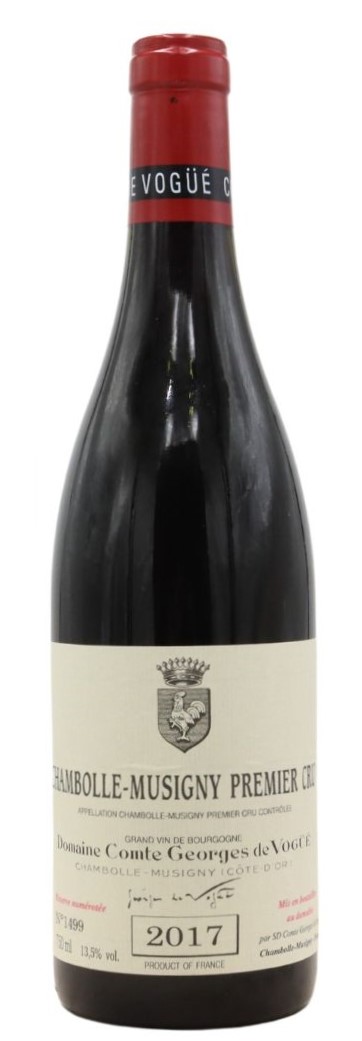Red wine is made from red grapes. However, the color is concentrated in the skin, so the coloring of the wine comes from the contact of the grape juice with the skin during fermentation. The difference between white and red wine is that the red wine is pressed after fermentation and the white wine before. Fermentation with the skins is simpler and more obvious, which is why the first wines may have been red wines.
Weiterlesen
Grape varieties for red wine
The best-known grape varieties include Cabernet Sauvignon, St Laurent, Merlot, Pinot Noir, Barbera, Syrah, Montepulciano and Blaufränkisch. The Zweigelt, which is widespread in Austria, is a local breed that only plays a minor role in other wine-growing regions.
Influences on the quality and taste of red wine
The quality of a red wine is more dependent on the vintage than is the case for a white wine. The reason for this is that the temperature profile during the year plays a bigger role for red wine. More sun means more sugar in the grapes and therefore a higher alcohol content. If the grape juice is only briefly in contact with the grape skins, a rose is formed. If you ferment grapes on the stalk, additional tannin from the stalks gets into the red wine. Short fermentation yields fruity wines with little potential for aging. With a longer fermentation period, more tannins and phenols are produced. This means that longer storage in the barrel makes sense. A low fermentation temperature also promotes a fruity taste in the wine. At higher temperatures, more tannin is produced.
Production of red wine
The grapes are crushed and soaked in the juice with the skin and seeds. Then a selected yeast is added for fermentation. In general, a lower temperature slows down fermentation. Since the contact of the grape juice with the skins is important for the development of the wine's color and taste, segregation must be prevented. After fermentation, the pure wine is obtained by pressing and stored in barrels. Maturation in the barrel is also referred to as aging, the effect of which depends on the length of storage and the material of the container, such as oak. After bottling, a red wine of appropriate quality can also be stored in the bottle.
Beschreibung ausblenden
0,75 l
0,75 l
0,75 l
0,75 l
0,75 l
0,75 l
0,75 l
0,75 l

 Deutsch
Deutsch


































